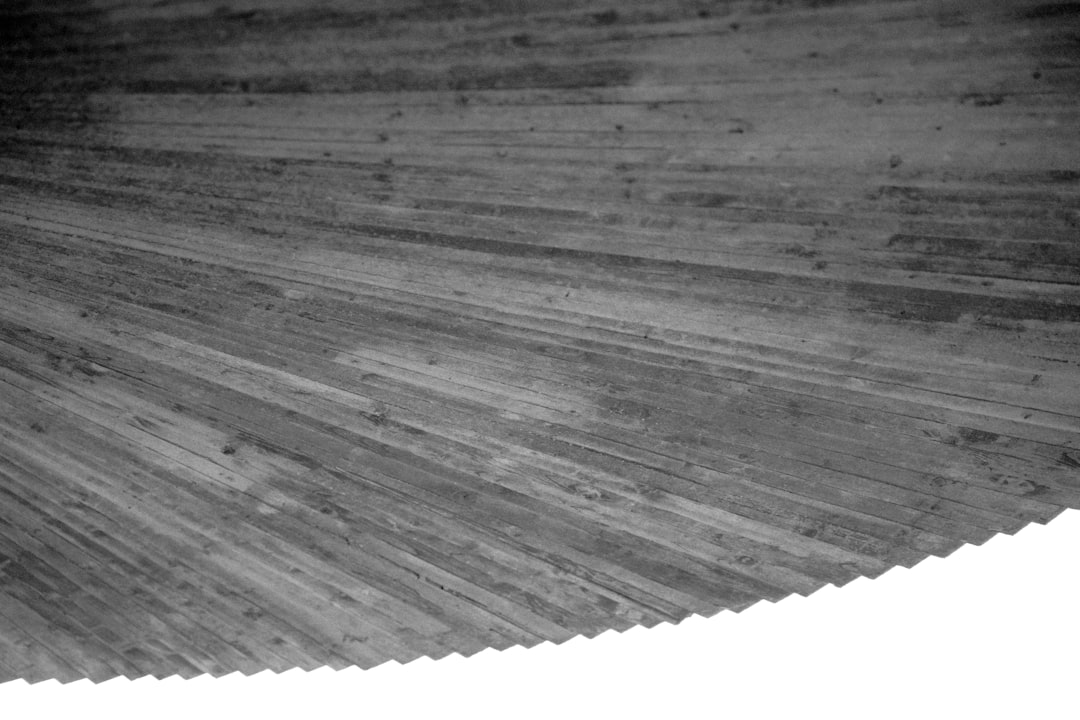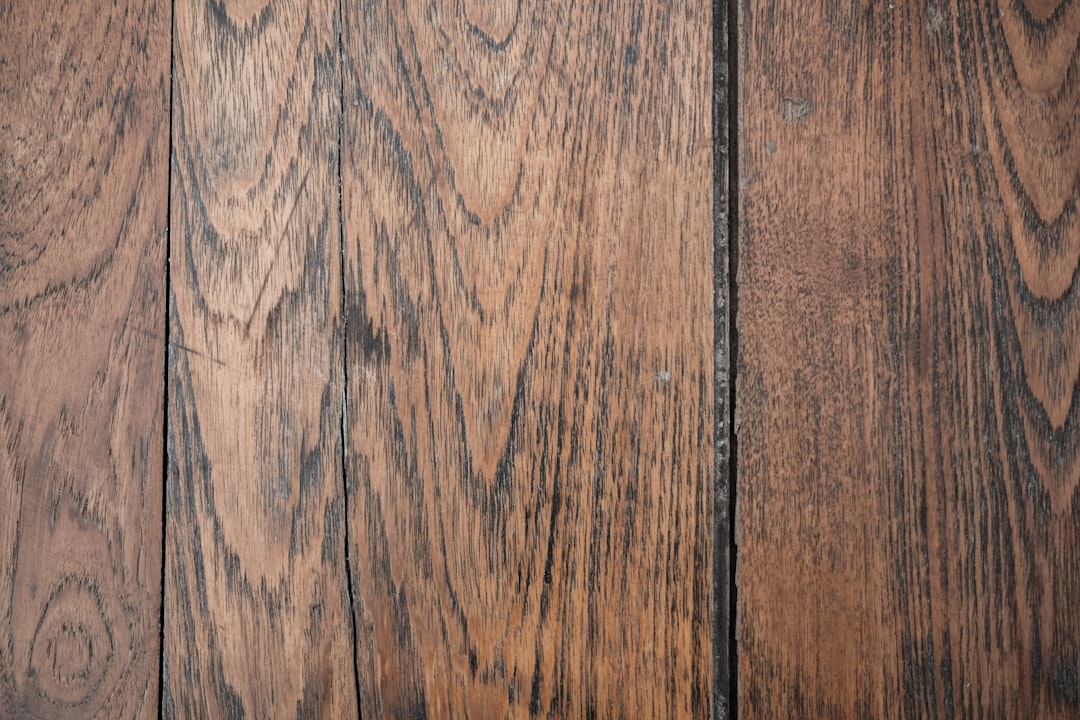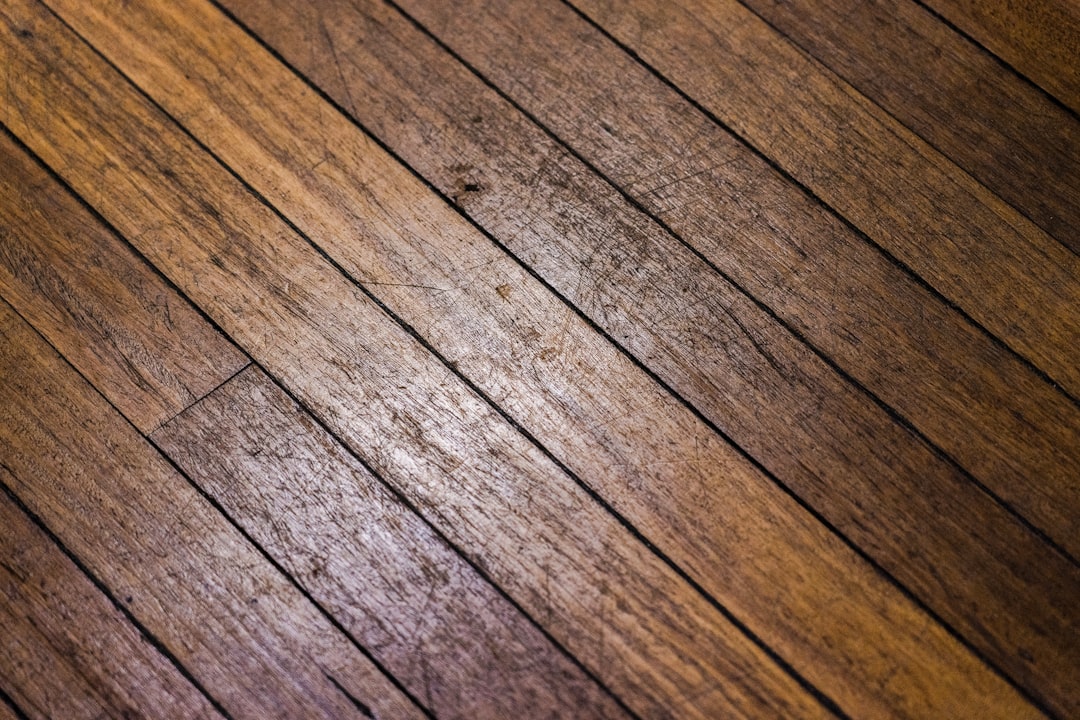

Engage prospects with a scan and streamline customer engagement with FREE QR code marketing tools by Sona – no strings attached!
Create a Free QR CodeFree consultation

No commitment

Engage prospects with a scan and streamline customer engagement with FREE QR code marketing tools by Sona – no strings attached!
Create a Free QR CodeFree consultation

No commitment
QR codes in marketing have become a strategic tool in bridging offline engagement with online action. For hardwood floor refinishing services, QR codes offer a seamless and effective way to drive homeowner conversions, streamline inquiry capture, and showcase completed projects without complex apps or workflows.
Many homeowners encounter outdated brochures, static signage, or slow, manual processes that hinder decision-making, often resulting in lost high-value prospects. By utilizing QR codes, hardwood floor refinishing businesses can transform every direct mail piece, jobsite sign, or printed estimate into an interactive gateway that enables prospects to request quotes or view project galleries instantly.
Integrating QR codes into a data-driven marketing strategy allows hardwood floor refinishing companies to drive qualified leads, personalize follow-up, and measure real ROI with offline attribution. Every scan becomes a quantifiable customer journey touchpoint, helping growth-oriented teams compete effectively in today's market.

QR codes connect physical touchpoints to digital outcomes for hardwood floor refinishing services, enabling faster quote requests, greater customer engagement, and measurable impact, while solving issues like missed opportunities from manual processes. When you replace paper forms, generic brochures, and voicemail-dependent booking with instant mobile experiences, you eliminate friction that costs you time and revenue. QR codes are practical for crews, easy for homeowners, and measurable for marketing and sales.
To implement QR codes successfully, start by mapping the homeowner journey from first impression to booked estimate. Identify where analog steps slow people down and replace those with mobile actions a homeowner can take in seconds using their camera. For example, a printed estimate can include a QR code that opens a finish selector or a financing pre-qualification form. A yard sign can send neighbors to a gallery of before and after photos from the job on their street. These simple changes compound into higher conversion rates and faster follow-up, as highlighted in this flooring sales strategy guide.
This approach delivers seamless customer experiences, reduces outdated processes, and maximizes conversions while keeping leads engaged even if they do not convert on first contact. Platforms like Sona QR support each step with code generation, dynamic links, attribution, and integrations that flow scan events into your CRM for timely follow-up.

Hardwood floor refinishing services invest heavily in print materials, yard signage, referrals, and localized campaigns. The challenge is converting passive awareness into measurable action. A homeowner might pick up your brochure at a home show or see your truck on their street, but if the next step requires typing a URL, digging up a phone number, or remembering to call later, many will never make it into your pipeline. That creates gaps in attribution and reduces the number of at-bats for your sales team.
QR codes close these gaps by turning every offline impression into an instant, traceable action. They enable you to connect a kitchen-table conversation during an estimate to a gallery of finishes, or transform an end-of-job walk-through into a review request with one scan. Because scans are trackable, your team can see which physical assets and messages are driving interest and which need adjustment.
Reimagining appointment reminders, jobsite banners, local mailers, crew uniforms, and estimate paperwork as interactive gateways helps plug lead funnel gaps and turn every touchpoint into a conversion opportunity. In an industry where timing and trust matter, the ability to give homeowners instant confidence and convenient next steps can be the difference between winning and losing the job.

Hardwood floor refinishing teams can use several QR code types to simplify engagement, support sales conversations, and strengthen post-project relationships. The right format depends on the action you want the homeowner to take and the context where they scan.
For most scenarios in this vertical, web link and form-based codes will do the heavy lifting, since homeowners need to view galleries, check pricing ranges, schedule appointments, or submit reviews. vCards are useful for estimators during in-home visits, while SMS or email codes help streamline referrals and feedback. Dynamic codes are recommended in nearly every case so destinations can evolve as your offers or campaigns change.
Dynamic QR codes let teams update content as services, promotions, or educational resources change. With Sona QR, you can manage all formats in one place, A/B test destinations, and use analytics to understand which formats and pages produce the best outcomes.

Growth hides in the analog moments where homeowners gather information or notice your work but have no easy way to move forward. By placing QR codes in these moments, you catch intent that would otherwise decay and turn it into measurable pipeline. Start with the high-visibility assets you already use, then expand into new surfaces that your crews and customers touch every day.
Evaluate your market’s behavior and media consumption. In suburban neighborhoods, yard signs and truck decals can outperform everything else. In urban areas, lobby boards, building notice boards, and community centers can be high-value. Match QR placements to the moments prospects are considering a refresh, such as after seeing your dustless sanding equipment in action or when they hold your printed estimate at the kitchen table.
Prioritize placements based on your specific market and where the greatest lead drop-off occurs. Over time, scan analytics will reveal which assets become your conversion workhorses and which need new creative or CTAs.

Use cases should align with your most common homeowner interactions. Each one should have a clear goal, an appropriate QR format, and a destination designed to convert. In hardwood floor refinishing, the strongest use cases typically map to discovery, decision support, and post-project advocacy.
By activating the right actions at the right time, you keep homeowners moving forward. You also collect clean data you can use for remarketing, operational improvements, and forecasting.
Meeting customers at the moment of intent significantly increases follow-ups and keeps more leads warm. Sona QR can tag each use case so you can measure its individual conversion rate and lifetime value impact.
Every QR scan signals interest and context. When you distribute unique QR codes across your materials, you build natural audience segments without asking homeowners to fill out long forms. These segments become the foundation of targeted follow-up that feels relevant rather than intrusive. See Sona’s Playbook Intent-Driven Retargeting.
To maximize value, decide how you want to segment before you print. For example, assign different QR codes to awareness-stage assets like yard signs, consideration-stage assets like brochures and estimates, and conversion-stage assets like price sheets or promotions. When a scan hits your system, your CRM receives both the contact and the context, allowing your team to follow up accordingly.
This approach provides visibility into previously anonymous leads, supports better retargeting, and improves revenue growth. For example, scanners of a dustless sanding explainer might receive a follow-up email with a short video and a one-click booking link, while gallery viewers might be served social ads featuring the exact finish they explored.
Disconnected campaigns create inconsistent messaging and wasted spend. QR codes make each channel interactive and measurable, turning static assets into gateways for action and insight. When every piece of media includes a scan-to-action, you can tie scans to outcomes and progressively profile prospects as they move through the funnel.
Think of QR codes as connective tissue across your brand. Whether a homeowner sees your lawn sign, flips through a local magazine, or attends a neighborhood home show, they should be one scan away from the next best step. With Sona QR, you can manage codes across channels, track performance, and push data to your CRM for a unified view.
By unifying your marketing with QR codes, each message fits the prospect's journey and improves results. Your team can prioritize the most engaged leads while reducing wasted impressions.
QR success comes from clarity and consistency. Use this checklist to plan, launch, and optimize QR campaigns that increase quote requests and bookings for hardwood floor refinishing services.
Clarify the business outcome for each QR deployment. Are you trying to book on-site estimates, move prospects from gallery to consultation, capture reviews, or collect referrals? A single QR code should lead to one clear action and a landing page built to deliver that action quickly.
Choose the QR format that best supports the desired action. Dynamic codes are recommended for most campaigns because they allow you to update content and capture robust analytics without reprinting.
Design with the scanning context in mind. Size and contrast must match viewing distance and lighting. Add a clear promise so people know why to scan and what they will get.
Roll out codes on the assets with the highest potential impact for your market. Start with placements that already reach warm audiences, then expand into awareness channels as you refine your message.
Activate a feedback loop so each campaign gets smarter. Review analytics weekly during initial rollout, then monthly once your baseline performance is steady.
Tracking each step supports data-driven decisions and higher conversion rates. When your team sees which assets are winning, adoption accelerates in the field and results compound.
Many campaigns fail due to missing or siloed data. QR codes and the right analytics stack address this by connecting scans to outcomes and outcomes to revenue. The goal is not to admire scan counts, but to turn scans into booked estimates and closed projects you can attribute confidently.
With a robust platform such as Sona QR and Sona.com, you can unify scan data with CRM and ad platforms for end-to-end visibility. Teams see which assets create real opportunities, which buyer stages need better nurturing, and where to reinvest spend for maximum ROI.
This insight transforms forgotten engagement into actionable sales leads. You will know which yard signs or mailers paid for themselves and where to double down in the next campaign cycle.
Once your first campaigns are in market, small refinements can drive meaningful gains. Focus on clarity, context, and follow-through. Make it obvious why someone should scan, ensure the code is easy to scan in real conditions, and close the loop with timely automation that reduces drop-off.
Consider adding new utility to everyday assets. For instance, include a Scan for maintenance tips code on invoices and care guides to extend the relationship. Or print a compact code on crew uniforms that links to a dustless sanding explainer for curious neighbors who ask what you are doing.
By aligning these tips to your most used media and common homeowner questions, you make QR codes an everyday part of your customer experience rather than a one-off tactic.
QR adoption in home services is accelerating because it pairs perfectly with physical presence in neighborhoods. The following examples illustrate how small deployments can create outsized results. Adapt the ideas to your brand voice, service area, and seasonality.
Beyond immediate conversions, these tactics build a library of performance data. Over time, you will learn which messages resonate in specific neighborhoods, which channels produce the most profitable jobs, and how to sustain momentum during slower months.
These examples show how every offline impression can become a measured digital interaction. They also highlight the power of context, clear CTAs, and relevant destinations in turning interest into action.
Experience shows that small decisions in design and deployment have a big impact on scan rates and conversions. Many teams lose momentum by treating QR codes as decorative elements rather than performance-driven tools. Success comes from being explicit about value, precise about placement, and disciplined about testing.
Avoid assuming that a prominent QR code will automatically perform. If the code lacks a benefit-driven CTA, is printed too small for the viewing distance, or points to a general homepage rather than a purpose-built landing page, performance will suffer. Treat each code like a mini campaign with its own objective and measurement plan.
Attention to these subtleties strengthens ROI and customer satisfaction. With a process for testing and iterating, your QR program will become a reliable engine for growth.
QR codes are more than shortcuts; they represent a strategic, measurable approach for hardwood floor refinishing services aiming to modernize marketing and maximize every touchpoint. By converting signs, printed media, and team interactions into digital entry points, businesses capture valuable leads that might otherwise go unnoticed, accelerate bookings, and demonstrate clear ROI. With a platform like Sona QR powering code creation, tracking, and CRM integrations, you can connect scans to revenue and see which offline efforts generate the best returns.
The fastest path to results is to start small, measure, and scale. Start creating QR codes for free, generate a dynamic QR code for your most visible asset such as a yard sign or printed estimate, point it to a clean booking page with a clear CTA, and monitor performance for two weeks. Use those insights to refine your copy, design, and placements, then expand to direct mail, trucks, and event signage. When every scan triggers a timely follow-up and every follow-up is measurable inside Sona.com, you will create a connected customer journey that increases conversions and builds long-term loyalty.
QR codes have revolutionized the hardwood floor refinishing services industry by transforming traditional marketing into dynamic, measurable growth opportunities. Whether it’s attracting new clients, enhancing customer engagement during the refinishing process, or streamlining appointment scheduling, QR codes simplify interactions and capture valuable data to turn every flyer, estimate, or showroom display into a powerful conversion tool. Imagine instantly knowing which marketing efforts lead to booked jobs and repeat customers — and being able to optimize your campaigns on the fly.
With Sona QR, you gain the ability to create dynamic, trackable QR codes in seconds, update your campaigns without costly reprints, and directly connect each scan to revenue growth. No more guesswork, no missed leads — just smarter marketing that drives your hardwood floor refinishing business forward. Start for free with Sona QR today and transform every scan into a satisfied customer and a thriving business.
Hardwood floor refinishing involves sanding down the floor surface, applying stains or finishes, and completing with protective coatings to restore and enhance the wood's appearance.
The article does not specify exact costs for hardwood floor refinishing.
Professional hardwood floor refinishing services can be found through companies that use QR code marketing to connect with homeowners, often via jobsite signs, printed estimates, direct mail, or local advertising.
Refinishing hardwood floors restores their appearance, increases durability, allows for updated finishes, and can increase home value while reducing the need for full replacement.
Choose a service that offers clear communication, uses modern tools like QR codes for easy inquiries, provides galleries of past work, and has measurable customer engagement and positive reviews.
The article does not detail specific refinishing methods but highlights the use of sanding, finish selection, and protective coatings as part of the process.
The article does not specify the exact duration for hardwood floor refinishing.
After refinishing, maintenance can be supported by QR codes linking to care guides with instructions on floor care, cure timelines, and furniture move-in guidelines.
The article does not discuss the environmental impacts of hardwood floor refinishing.
Ensuring durability involves following post-refinishing care instructions, which can be easily accessed via QR codes linking to maintenance guides and timely follow-up from service providers.
Use Sona QR's trackable codes to improve customer acquisition and engagement today.
Create Your FREE Trackable QR Code in SecondsJoin results-focused teams combining Sona Platform automation with advanced Google Ads strategies to scale lead generation

Connect your existing CRM

Free Account Enrichment

No setup fees
No commitment required

Free consultation

Get a custom Google Ads roadmap for your business






Launch campaigns that generate qualified leads in 30 days or less.
